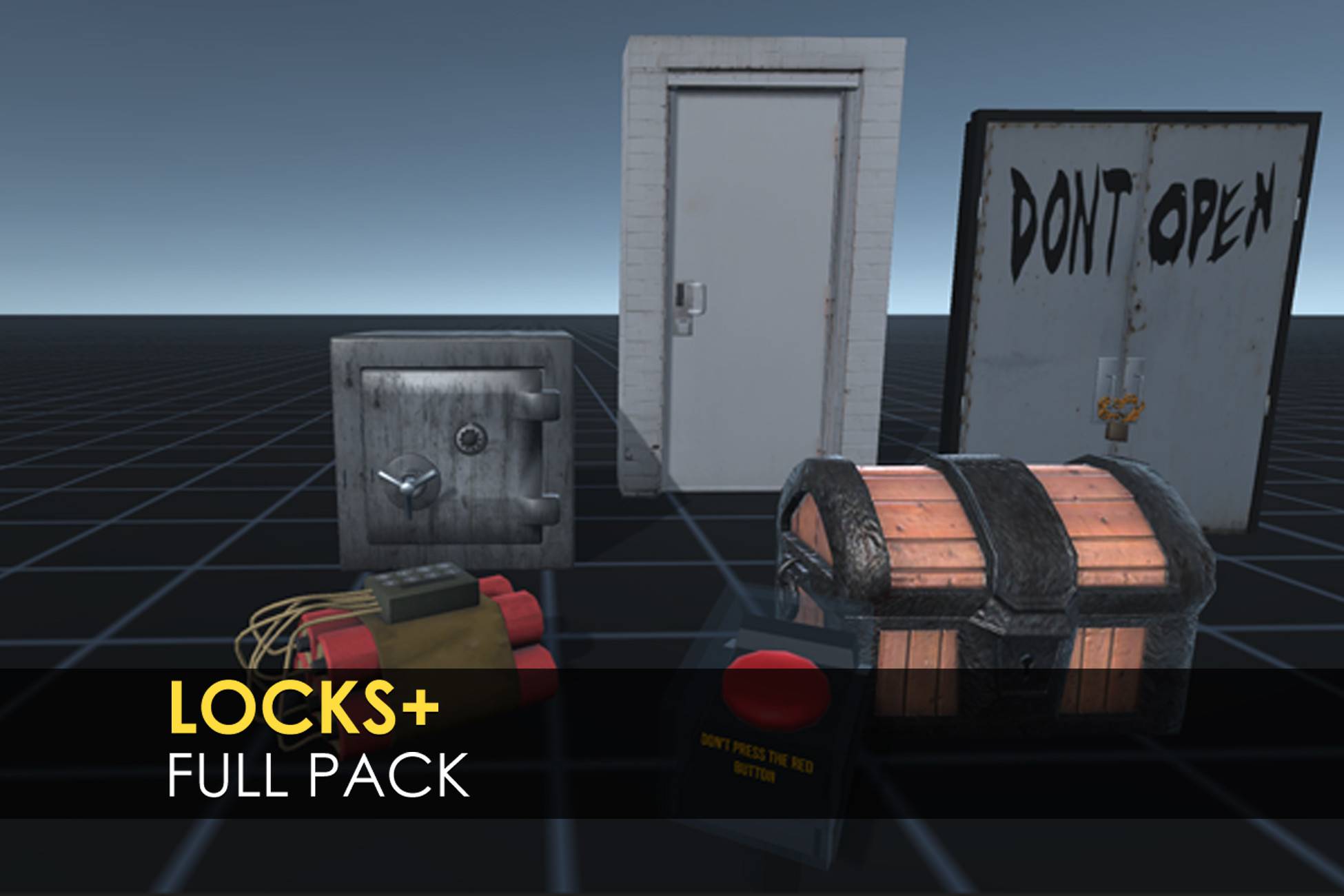

No amazing game was ever created in one step.
#Realistic fps prefab tutorial license
You’ll also need a license for “UFPS: Ultimate FPS” by Opsive, which you can get in the Unity Asset Store. If you’re new to Unity or need to refresh your memory, start with our getting started in Unity tutorial. You should be comfortable with scripting in C# and attaching components to GameObjects.

#Realistic fps prefab tutorial how to
In this tutorial, you’ll learn what UFPS is and how to use it to create a basic Unity FPS sandbox game - “sandbox” refers to the fact that the player is limited to a contained area.Īfter this tutorial, you’ll be comfortable with: However, you don’t have to start from scratch when you leverage the power of the Ultimate First Person Shooter Framework (UFPS)!

When you make an FPS game, you sign yourself up for a substantial amount of work. A close cousin is a third-person shooter - the difference is whether you’re looking at the character’s back or down the barrel of a gun. Games that center around action-packed gun-slinging segments are defined as First-Person-Shooter (FPS). Updated to include improved prefab features - Nested Prefabs and Prefab Variants added in 2018.Obliterating hordes of sinister enemies with a shotgun or carefully sniping your opponent across the battlefield are immensely satisfying gaming experiences. The player’s main character - the player prefab might be placed at the starting point on each level (separate Scenes) of your game. Projectiles - for example a pirate’s cannon might instantiate a cannonball Prefab each time it is fired. They may differ (using overrides) in the speed they move, or the sound they make. Non-player characters (NPCs) - for example a certain type of robot may appear in your game multiple times, across multiple levels. Some common examples of Prefab use include:Įnvironmental Assets - for example a certain type of tree used multiple times around a level (as seen in the screenshot above). You should also use Prefabs when you want to instantiate GameObjects at runtime that did not exist in your Scene at the start - for example, to make powerups, special effects, projectiles, or NPCs appear at the right moments during gameplay. You can also create variants of Prefabs which allow you to group a set of overrides together into a meaningful variation of a Prefab. You can override settings on individual prefab instances if you want some instances of a Prefab to differ from others. However, this does not mean all Prefab instances have to be identical. You can nest Prefabs inside other Prefabs to create complex hierarchies of objects that are easy to edit at multiple levels. This is better than simply copying and pasting the GameObject, because the Prefab system allows you to automatically keep all the copies in sync.Īny edits that you make to a Prefab Asset are automatically reflected in the instances of that Prefab, allowing you to easily make broad changes across your whole Project without having to repeatedly make the same edit to every copy of the Asset. When you want to reuse a GameObject configured in a particular way – like a non-player character (NPC), prop or piece of scenery – in multiple places in your Scene, or across multiple Scenes in your Project, you should convert it to a Prefab.
In each Scene, you place your environments, obstacles, and decorations, essentially designing and building your game in pieces. Think of each unique Scene file as a unique level. The Prefab Asset acts as a template from which you can create new Prefab instances in the Scene A Scene contains the environments and menus of your game. More info See in Glossary complete with all its components, property values, and child GameObjects as a reusable Asset. A GameObject’s functionality is defined by the Components attached to it. Unity’s Prefab system allows you to create, configure, and store a GameObject The fundamental object in Unity scenes, which can represent characters, props, scenery, cameras, waypoints, and more.


 0 kommentar(er)
0 kommentar(er)
